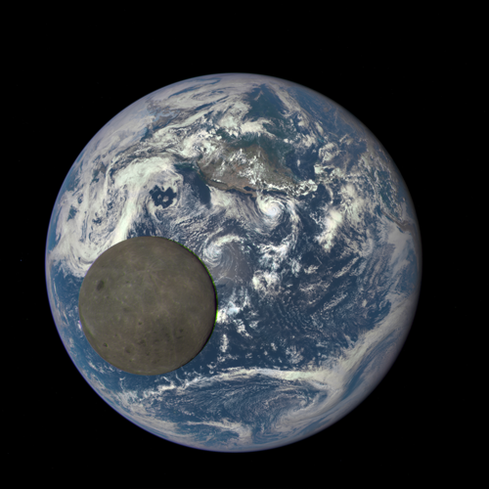SpaceX Reveals Crew Dragon CapsuleSpaceX Reveals Crew Dragon Capsule
SpaceX just revealed details about what might be the world's first truly reusable spacecraft, dubbed the Crew Dragon.


10 NASA Images That Will Inspire You
10 NASA Images That Will Inspire You (Click image for larger view and slideshow.)
During an interview with Stephen Colbert this week, Elon Musk said SpaceX was two to three years away from a reusable spacecraft that could carry people back and forth in space. SpaceX has just given us a new view of that capsule, the Crew Dragon.
The Dragon capsule was the first commercial craft to bring supplies to the International Space Station (ISS), and the new crewed version, when perfected, should be able to take people there (or in other places in orbit), return to Earth, and land safely on the ground, so that it can be refueled and used again.
In theory, Space X will use its Falcon Rocket to boost the Dragon capsule into space. Both the Falcon and the Dragon will then use rockets to land safely back on Earth for reuse.
It is the soft, safe landing, of course, that SpaceX has been struggling with recently, but the belief is that these issues can be overcome. When it does overcome them, Musk said on the Colbert show, space flight might not be much "much more expensive than air travel." While that might be slight exaggeration, it is the custom-made, throw-away nature of space travel that makes it so expensive.
[This could help the company with its plan to develop a space Internet, too. Read Elon Musk, SpaceX Rocket Into Space Internet Race.]
Dragon's reusability makes trips to the space station for both science and tourism much more feasible. When you look at the capsule and the way SpaceX markets it, you can see that tourism is on the company's mind.
This is the cabin:
Here is how SpaceX describes it:
Crew Dragon was designed to be an enjoyable ride. With four windows, passengers can take in views of Earth, the Moon, and the wider Solar System right from their seats, which are made from the highest-grade carbon fiber and Alcantara cloth.
You can almost hear Ricardo Montalban talking about rich, Corinthian leather.
Another thing that lets you know this is for commercial travel is the cockpit. No control sticks. No huge instrument panel. There are some touch screens, and the crew can fly the ship with those touch screens in an emergency, but the ship is intended to fly itself or be controlled from the ground. This isn't just a spaceship. It is a space limo (or at least a space Chrysler).
Of course, there's nothing wrong with that.
We should assume that commercial space travel will be luxurious and beautiful at first, before carriers inevitably pack us in like sardines and serve us peanuts, as they do in commercial air travel. But while the inside is all about style, the actual ship still is all about business. It features a one-of-kind escape system that will allow astronauts to escape during an accident before launch (always a problem in the past) and even all the way into orbit. It also features an improved heat shield for both comfort and safety.
Most importantly, it will land back on the Earth "propulsively," meaning that, instead of splashing down like old Apollo missions or gliding to Earth like the Space Shuttle, the ship will slow its descent with rockets and land with the "precision of a helicopter."
Theoretically, that would allow the ship to be quickly serviced, refueled, and launched again. As SpaceX says on its site:
As long as we continue to throw away rockets and spacecraft, we will never have true access to space. After landing, Dragon v2 can be refueled and flown multiple times, drastically lowering the cost of space travel.
Despite the promise of propulsive landing, in January SpaceX confirmed that the first crewed flights will be "splash down" landings as the company continues to perfect the propulsive landings. Uncrewed test flights of the new vehicle will start next year, and the first crewed flights are promised in 2017.
That means we're unlikely to see a crewed fight enter orbit and return propulsively until 2018 at the earliest, but that would still be inside Musk's window.
If all goes according to plan, we could start seeing routine commercial flights, or at least far cheaper science flights, within this decade, which is a pretty startling concept.
About the Author
You May Also Like






